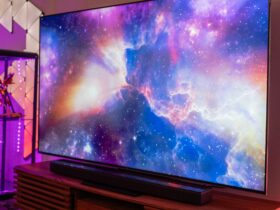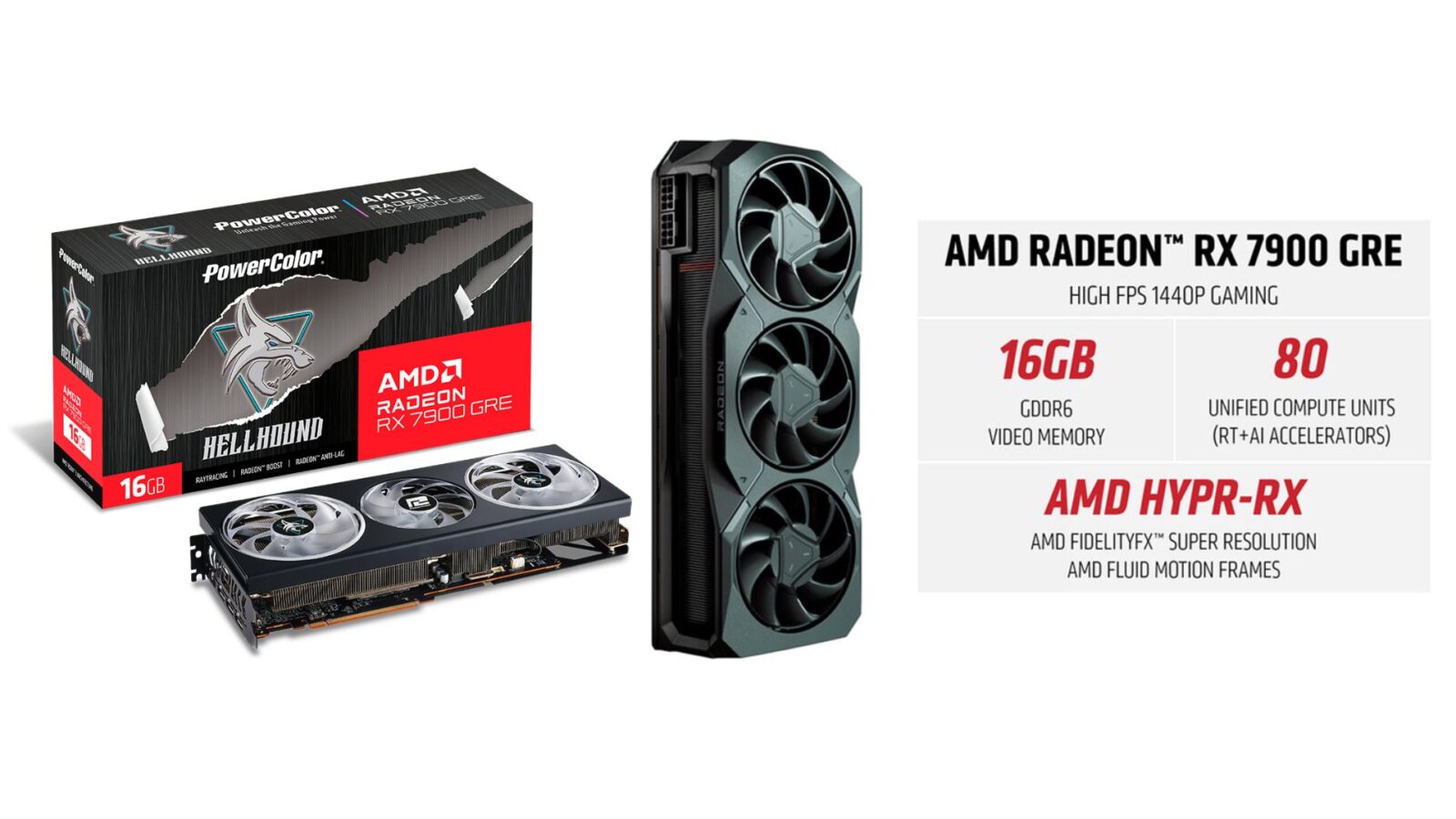Daftar Isi
AMD’s Radeon RX 7900 series has emerged as a force to be reckoned with. Powered by the latest RDNA 3 architecture, these GPUs promise impressive performance and innovative features. Let’s dive into the world of the AMD Radeon RX 7900 and explore why it’s making waves in the gaming community.
RDNA 3 Architecture in AMD Radeon RX 7900: Revolutionizing GPU Performance
AMD’s introduction of the RDNA 3 architecture marks a significant milestone in the evolution of graphics processing technology, serving as the foundation for the AMD Radeon RX 7900 series. This latest leap forward brings with it several groundbreaking features that not only enhance the efficiency of the GPUs but also set the stage for future technological advancements.
The Chiplet Design Innovation
At the heart of the RDNA 3 architecture’s innovation is its chiplet design, a strategic departure from traditional monolithic GPU construction. This modular approach, while not directly contributing to an immediate performance increase, significantly boosts the overall efficiency of the GPUs. The chiplet design allows for more flexible manufacturing processes, potentially lowering costs and making high-end GPU performance more accessible to a broader audience. Furthermore, this design philosophy lays the groundwork for future scalability and improvements, heralding a new era of GPU architecture.
Superior Rasterization and Enhanced Gaming Experience
The AMD Radeon RX 7900 XTX and RX 7900 XT, powered by the RDNA 3 architecture, excel in rasterization performance. This capability is crucial for rendering high-definition images quickly, making these GPUs exceptionally suited for demanding gaming environments and content creation tasks. The enhanced rasterization performance ensures that users experience smoother, more detailed graphics in real-time, elevating the overall gaming and creative workflows.
Room for Improvement in Ray Tracing and AI
Despite the strides made in rasterization, AMD’s RDNA 3 architecture still faces challenges in ray tracing performance and AI-driven features when compared to its Nvidia counterparts. Ray tracing, a technology that simulates the physical behavior of light to achieve real-time rendering of complex lighting and shadows, has seen improvements under RDNA 3. However, it remains a step behind Nvidia, which has been a leader in this area. Moreover, the absence of a direct competitor to Nvidia’s Deep Learning Super Sampling (DLSS) means AMD has yet to fully leverage AI to enhance image quality while maintaining high performance.
Read More: Photomath: Solve your Math Problem with AI Photo
AMD’s RDNA 3 Architecture: Setting New Standards in Efficiency and Performance
AMD’s RDNA 3 architecture represents a significant advancement in the graphics processing unit (GPU) landscape, underpinning the Radeon RX 7900 series. This leap forward is characterized by several key innovations that distinguish RDNA 3 as a potential game-changer in the world of gaming and content creation.
Innovations and Performance Enhancements
At the heart of RDNA 3’s appeal is its pioneering chiplet design, a strategic shift from traditional monolithic GPU architectures. This design doesn’t directly contribute to raw performance gains but significantly boosts efficiency, setting a solid foundation for future technological advancements. Such an approach allows AMD to potentially scale its designs more effectively, offering both performance improvements and cost efficiencies in the long term.
The AMD Radeon RX 7900 series, particularly the XTX and XT models, excel in rasterization performance. This makes them formidable choices for demanding gaming scenarios and intensive content creation workflows. However, when it comes to ray tracing capabilities, AMD’s latest offerings still find themselves a step behind Nvidia’s counterparts. Furthermore, the absence of a direct competitor to Nvidia’s Deep Learning Super Sampling (DLSS) technology means AMD’s AI-enhanced performance isn’t quite on par, affecting the overall fidelity and smoothness in AI-driven tasks.
The RX 7900 Series: High-End Performance with a Premium
The RX 7900 XTX and XT models represent AMD’s foray into the high-end GPU market, aimed at enthusiasts and professionals seeking top-tier performance. The XTX model, as AMD’s flagship consumer GPU, boasts an impressive array of 96 compute units and 6,144 stream processors. The XT version, while slightly less powerful, offers competitive performance at a marginally lower price point, presenting a compelling option for those looking to balance cost and capabilities.
The pricing strategy for the AMD Radeon RX 7900 series reflects AMD’s understanding of its position within the market. With the AMD Radeon RX 7900 XT starting at $899, it’s clear that these GPUs are targeted at a segment of users willing to invest in premium performance. AMD’s approach underscores a strategic focus not on undercutting Nvidia’s top-tier offerings but on providing value through high-end performance at price points that aim to be slightly more accessible to the dedicated enthusiast and professional market.
Conclusion
In conclusion, the AMD Radeon RX 7900 series showcases the power of RDNA 3. AMD’s RDNA 3 architecture and the RX 7900 series GPUs bring significant innovations and performance enhancements to the table, particularly in terms of efficiency and rasterization capabilities. While challenges remain in ray tracing and AI-enhanced performance, AMD’s offerings signal a strong commitment to pushing the boundaries of GPU technology.
As the landscape evolves, the AMD Radeon RX 7900 series positions AMD as a key player in the high-end GPU market, catering to those seeking exceptional performance at a premium. While it may not dethrone Nvidia’s flagship cards, it offers a compelling alternative for those seeking top-tier performance without astronomical prices. As the gaming landscape evolves, the RX 7900 remains a beacon of innovation and efficiency12.






























